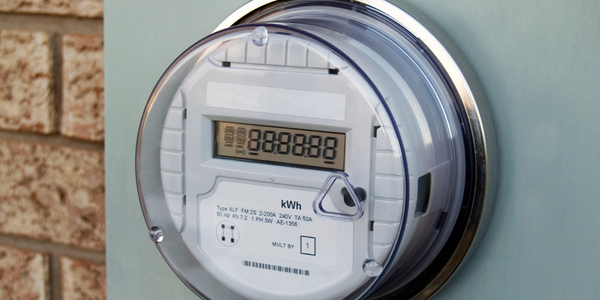Technology Category
- Sensors - Infrared Sensors
- Sensors - Thermal Conductivity Sensors
Applicable Industries
- Electrical Grids
- Electronics
Applicable Functions
- Product Research & Development
Use Cases
- Intelligent Packaging
- Virtual Prototyping & Product Testing
About The Customer
Samsung Electronics Inc. is a global leader in technology, specializing in the production of a wide range of consumer and industry electronics, including appliances, digital media devices, semiconductors, memory chips, and integrated systems. The company's IPT group is specifically responsible for the thermal design and analysis of semiconductor packages. Their main product group includes microprocessors for mobile products, display drive ICs, smart cards, and display panel processors. The IPT group also handles the analysis of various package designs and is tasked with the development of new package designs.
The Challenge
Samsung Electronics Inc.’s IPT group specializes in the thermal design and analysis of semiconductor packages. Their main product group includes microprocessors for mobile products, display drive ICs, smart cards, and display panel processors. The IPT group is responsible for the analysis of leadframe, ball grid array (BGA), and tape automated bonding (TAB) packages, as well as the development of new package designs. However, as the demand for more complex modules of system-in-package (SIP) and package-on-package (POP) design increases, the need for more accurate and easier-to-use simulation solutions becomes apparent. The challenges faced by the IPT group include detailed modeling, type diversity, maintaining device integrity and its electrical performance, and making thermal software accessible to non-thermal engineers.
The Solution
Samsung Electronics adopted ANSYS software to address these challenges. ANSYS software can handle various types and kinds of packages by importing the ECAD design file as a prototype. It has a built-in solver that adapts to any new package supporting on-chip distributed power and thermally induced power generation. This leads to a thermally optimal distribution and provides a one-step process from modeling to solving and reporting, making it easier for non-thermal engineers to perform simulations. The software's ability to directly import ECAD drawing files for prototype-intuitive modeling, its fast and accurate solution speed, and its application to various types of packages significantly increased thermal analysis efficiency.
Operational Impact
Quantitative Benefit

Case Study missing?
Start adding your own!
Register with your work email and create a new case study profile for your business.
Related Case Studies.

Case Study
Remote Temperature Monitoring of Perishable Goods Saves Money
RMONI was facing temperature monitoring challenges in a cold chain business. A cold chain must be established and maintained to ensure goods have been properly refrigerated during every step of the process, making temperature monitoring a critical business function. Manual registration practice can be very costly, labor intensive and prone to mistakes.

Case Study
Hydro One Leads the Way In Smart Meter Development
In 2010, Ontario’s energy board mandated that time-of-use (TOU) pricing for consumers be available for all consumers on a regulated price plan. To meet this requirement, Hydro One needed to quickly deploy a smart meter and intelligent communications network solution to meet the provincial government’s requirement at a low cost. The network needed to cover Hydro One’s expansive service territory, which has a land mass twice the size of Texas, and its customers live in a mix of urban, rural, and remote areas, some places only accessible by air, rail, boat or snowmobile. Most importantly, the network needed to enable future enterprise-wide business efficiencies, modernization of distribution infrastructure and enhanced customer service. To meet these needs, Hydro One conceptualized an end-to-end solution leveraging open standards and Internet Protocols (IP) at all communication levels. The utility drew upon industry leaders like Trilliant to realize this vision.

Case Study
Selling more with Whirlpool
Whirlpool wanted to add connectivity to appliances and transform the company's relationship with customers. Traditionally, Whirlpool interaction with customers was limited to purchases made once every ten years. Connected washer and dryers provide exciting new features like remote management of start times and inter-machine communication.

Case Study
Predictive maintenance in Schneider Electric
Schneider Electric Le Vaudreuil factory in France is recognized by the World Economic Forum as one of the world’s top nine most advanced “lighthouse” sites, applying Fourth Industrial Revolution technologies at large scale. It was experiencing machine-health and unplanned downtime issues on a critical machine within their manufacturing process. They were looking for a solution that could easily leverage existing machine data feeds, be used by machine operators without requiring complex setup or extensive training, and with a fast return on investment.









